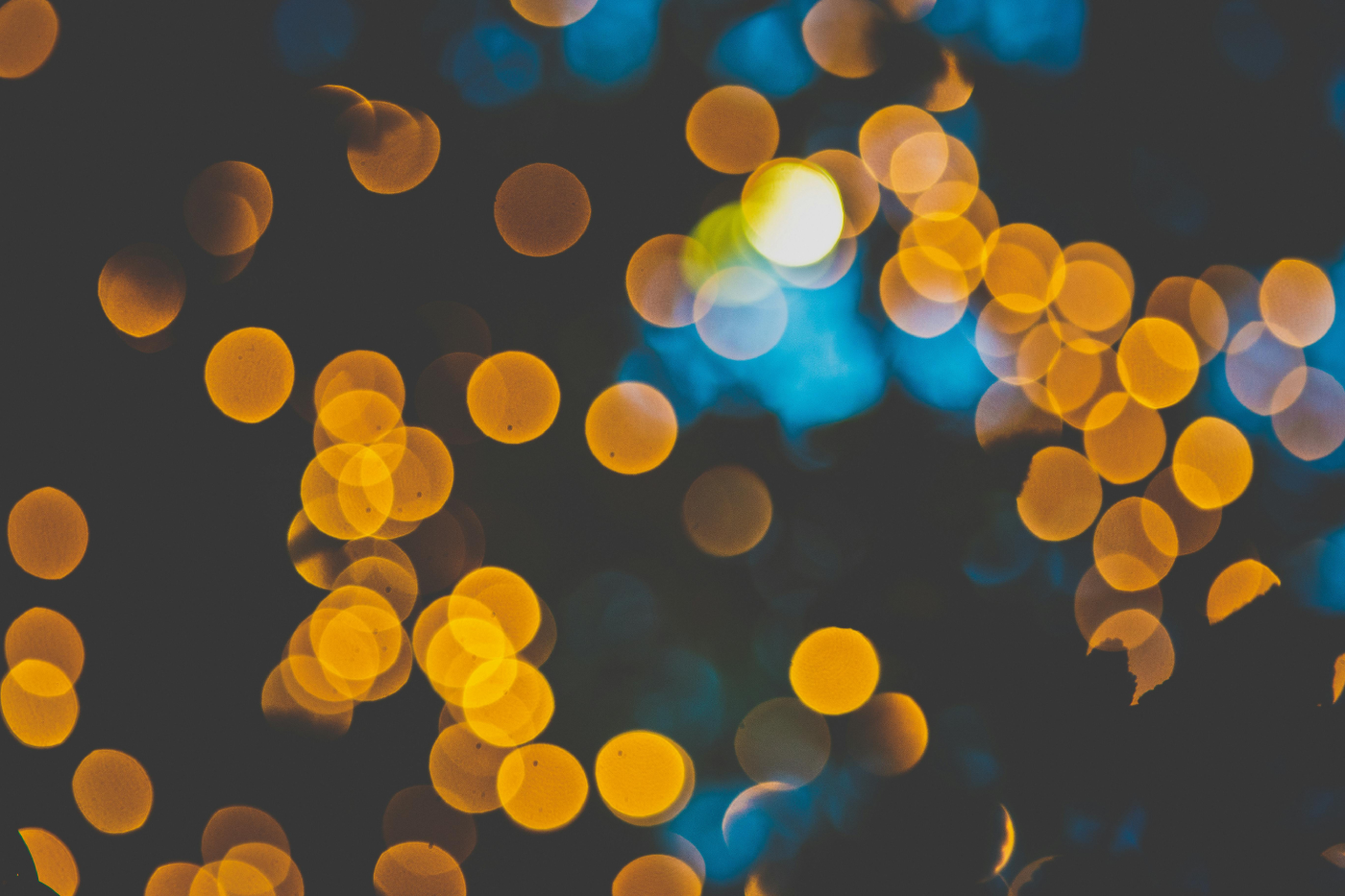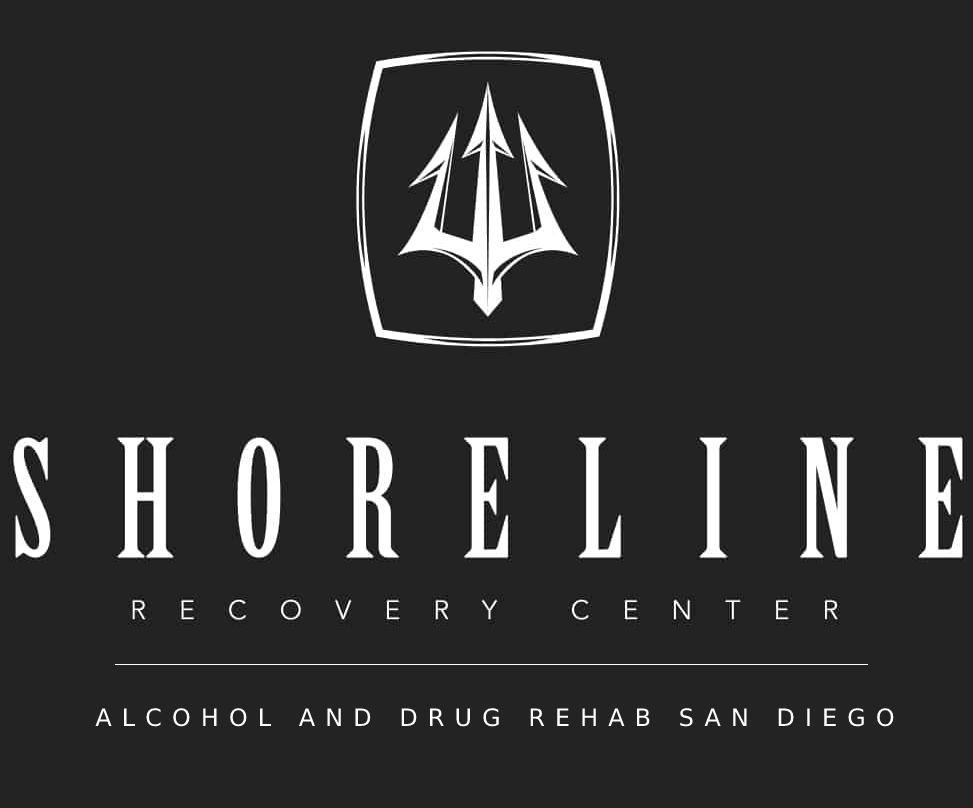As the seasons change, so too can our emotional and mental well-being. For many, this shift in mood corresponds with the onset of Seasonal Affective Disorder (SAD), commonly referred to as seasonal depression. In this detailed guide, we will delve deeper into what seasonal depression is, explore its root causes, dissect its multifaceted symptoms, discuss various treatment options, and provide proactive strategies for managing this challenging condition. Shoreline Recovery Center stands ready to help you or your loved one navigate the path toward healing from seasonal depression.
What Is Seasonal Depression?
Seasonal Depression, also known as Seasonal Affective Disorder (SAD), is a subtype of depression that recurrently emerges during specific times of the year. Most often, it rears its head during the fall and winter months when daylight hours dwindle and sunlight becomes scarce. The core characteristic of SAD is its seasonality, as symptoms tend to remit during the brighter months of spring and summer.
Causes of Seasonal Depression
The precise causes of seasonal depression remain a subject of ongoing research, but several interconnected factors are believed to contribute to its development:
- Reduced Sunlight Exposure: The reduction in natural sunlight during fall and winter may disrupt the body’s internal clock, affecting mood-regulating hormones.
- Circadian Rhythm Disruption: Seasonal changes can disrupt circadian rhythms, leading to disturbances in sleep patterns and mood regulation.
- Serotonin Levels: Reduced sunlight exposure can alter serotonin levels, a neurotransmitter associated with mood regulation.
- Melatonin Imbalance: Seasonal changes can affect melatonin production, influencing sleep and mood.
Recognizing the Symptoms
Seasonal Depression shares many symptoms with major depression, but it manifests in specific ways during certain seasons. These symptoms may include:
- Persistent Sadness or Low Mood: Feelings of hopelessness or despair that persist for most of the day, nearly every day.
- Loss of Interest in Activities: Diminished interest in hobbies, social activities, and pastimes that once brought joy.
- Increased Fatigue and Sleep Disturbances: A notable increase in fatigue, coupled with disruptions in sleep patterns such as oversleeping.
- Weight Gain and Increased Appetite: Cravings for carbohydrates and an overall increase in appetite, often leading to weight gain.
- Difficulty Concentrating: Problems with focus, memory, and decision-making.
Treatment Options
While seasonal depression can be challenging, there are several effective treatments available to manage and alleviate its symptoms:
- Light Therapy: Light therapy, or phototherapy, involves exposure to bright artificial light, which can help regulate the body’s internal clock and improve mood.
- Medication: Antidepressant medications, particularly selective serotonin reuptake inhibitors (SSRIs), may be prescribed to help rebalance brain chemistry.
- Psychotherapy: Cognitive-behavioral therapy (CBT) and talk therapy can assist individuals in developing coping strategies to better manage their symptoms.
- Lifestyle Changes: Incorporating regular exercise, maintaining a balanced diet, and practicing good sleep hygiene can play a crucial role in managing seasonal depression.
Proactive Coping Strategies
In addition to professional treatment, individuals dealing with seasonal depression can take proactive steps to manage their condition:
- Light Exposure: Spend time outdoors during daylight hours, and consider using light therapy lamps to simulate natural sunlight.
- Regular Exercise: Engage in regular physical activity, which can boost mood and reduce symptoms of depression.
- Nutrition: Maintain a balanced diet rich in fruits, vegetables, and whole grains, while minimizing processed foods and excessive sugar intake.
- Mindfulness and Relaxation Techniques: Practice relaxation techniques such as meditation, deep breathing, and yoga to reduce stress and improve mental well-being.
Shoreline Recovery Center Can Help
At Shoreline Recovery Center in San Diego, California, we understand that managing seasonal depression can be a complex journey. Our compassionate and experienced team of professionals is dedicated to providing you with the support and resources necessary to overcome seasonal depression and embrace a healthier, happier life.
Take the First Step Towards Healing
Don’t endure the challenges of seasonal depression in silence. Reach out to Shoreline Recovery Center today to learn more about our personalized treatment programs and discover how we can guide you or your loved one toward a brighter future, free from the burden of seasonal depression.
FAQs
Is seasonal depression the same as regular depression?
Seasonal depression shares many symptoms with major depression but occurs seasonally.
What can I do to prevent seasonal depression?
Maintaining a healthy lifestyle, including regular exercise and light exposure, can help prevent seasonal depression.
How long does seasonal depression typically last?
Seasonal depression often starts in the fall and can last until spring. However, with treatment, symptoms can improve.
Can children and teenagers experience seasonal depression?
Yes, seasonal depression can affect people of all ages.
Is professional treatment necessary for seasonal depression?
While some people can manage their symptoms through lifestyle changes, professional treatment can significantly improve the quality of life for those with seasonal depression.






